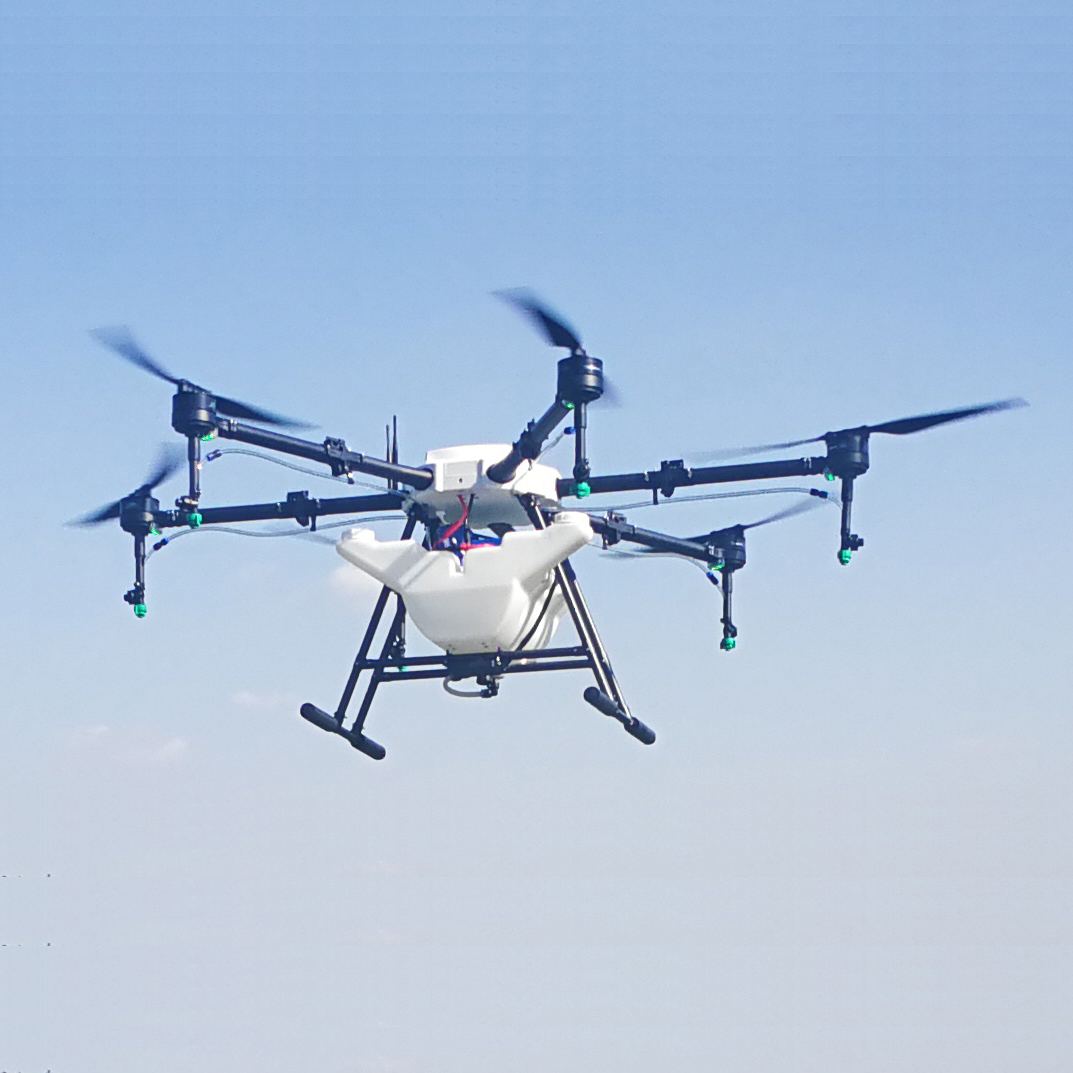
Drones — the small flying robot variety — are ushering in a new agricultural revolution, says information specialist Gerard Sylvester, editor of a new report on drones and agriculture association by the Food and Agriculture Organization of the United Nations and the International Telecommunication Union.
Estimates suggest the agricultural market for the machines will be in the billions of dollars in the coming years. As farmers try to adapt to climate change and deal with other challenges, drones promise to help make the whole farming enterprise more efficient.
When outfitted with different devices, drones have different using such as: scouting for plant pests or dry spots, deliver fertilizers or pesticides, pesticide sprayed .
US grape growers in California and New York, have been experimenting with drones to survey for areas of “low vigor” where water may be lacking or soil isn’t up to snuff.
drones will probably soon become a standard piece of farm machinery. Here are some examples of the many potential jobs for these flying robots:
1. Crop assessment
Drones can sweep through and take stock, inspecting for slow-growing plants that might need a hit of nitrogen or some other remedy. Not only can soil, crop and forest be told apart, but sick plants can also be spotted
Recent research shows that this spectral data can reveal crops that have been injured by the drifting pesticide dicamba, and can spot herbicide-resistant weeds growing between rows.
2. Counting cattle
Cattle ranchers with lots of land to cover are using drones to keep track of their livestock and survey where fences need fixing.
When outfitted with high-definition thermal imagers and night-capable cameras, drones can also help survey for unwanted animals that might be ravaging a herd.
3. Monitoring for disease
Without close scrutiny, pathogens that wilt, wither and otherwise damage crops can escape detection and spread. Federal and state agencies could also monitor for pathogens at a larger scale, allowing farmers to be at the ready before outbreaks occur.
4. Water watch
Many fields aren’t uniformly flat. Some sections may dry out faster than others or be missed by watering equipment.
What’s more, farmers can assess the drone topography reveal the water-flow direction at the base of each tree in an orchard and find the way to solve both the health of the crop and where soil erosion
5. Mechanical pollinators
Actual bee drones don’t help with pollination, but the flying-robot sort may one day lend an assist to real bees. A New York–based start-up has developed pollen-dumping drones that have helped pollinate almond, cherry and apple orchards.
The company reports that its drones can up pollination rates by 25 percent to 65 percent, though outside analyses verifying those numbers are yet to be done. But some fruit growers are optimistic that the drones could prove useful in orchards.
drones and agriculture association



